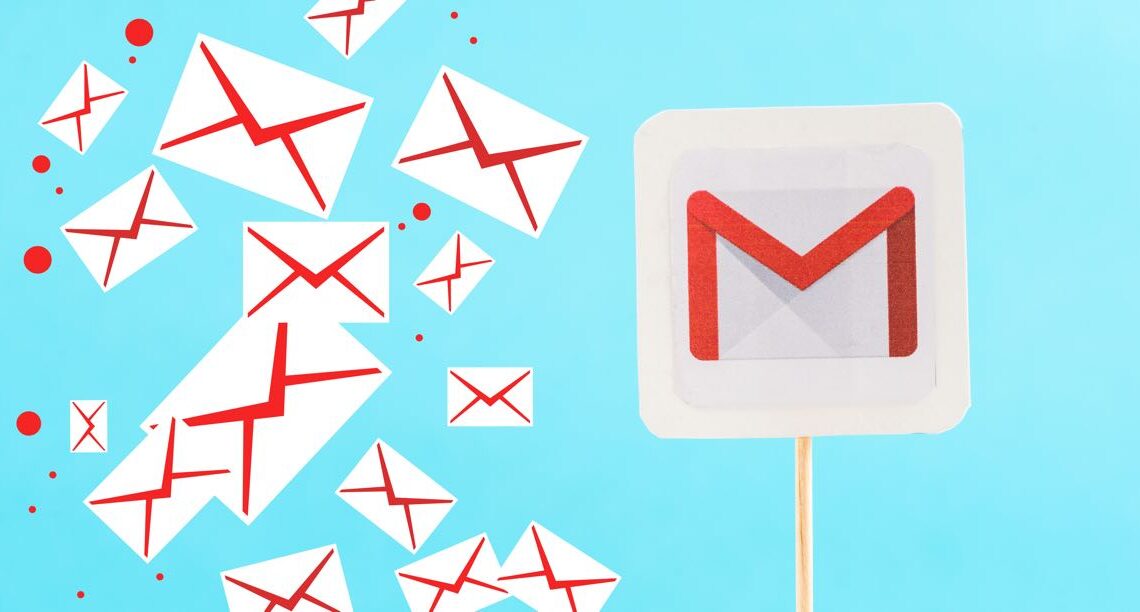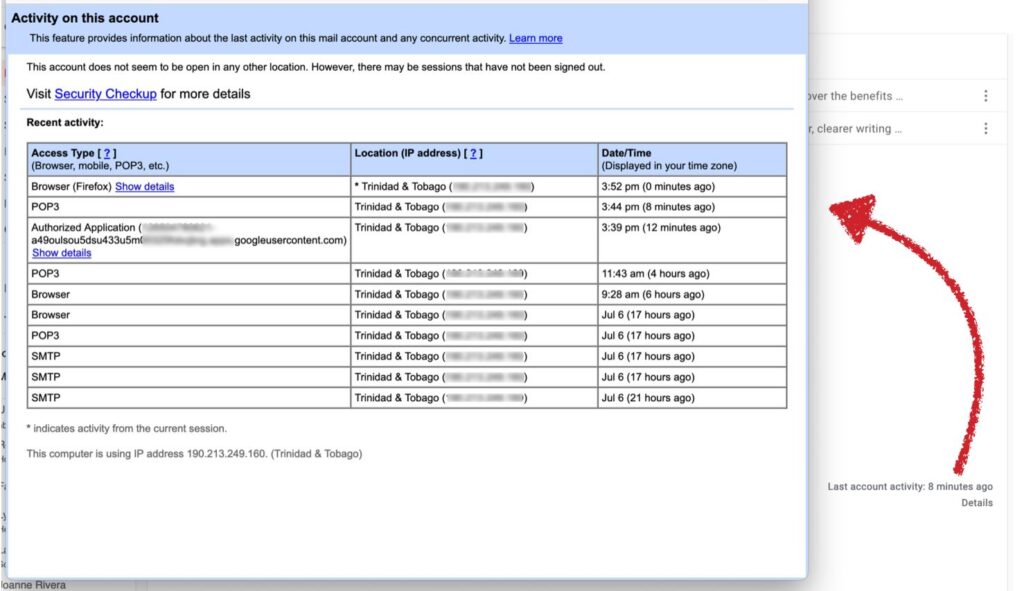
Above: Illustration by EdZbarzhyvetsky/DepositPhotos.com
If you have a GMail account with a simple username, chances are you have already received an email for a product or service you didn’t sign up for.
Some of these will likely be spam or phishing emails, but others are verifiably from companies, and they are using your email address.
As a first step, you should check to see whether someone else has access to your GMail account. Log into the service from a browser and click on the activity link to see if any unusual activity is showing up there. You can also check the Google Security option to see what devices are authorised to access your GMail account.
If anything’s amiss, you should immediately change your password. Try using something complex this time.
If there are no intrusions, there’s another explanation for a phenomenon that can be quite annoying.
Sometimes it can also be embarrassing, particularly if someone carelessly signed up for Tinder using your email address and you have to explain to your spouse exactly how this happened.
At the heart of this problem is one simple fact. Google’s mail system doesn’t see full-stops that you insert into a username.
So from the mailserver’s perspective, [email protected] is exactly the same as [email protected].
If the person tossing the email around comes from an Exchange mail system, they might be recalling how that mailserver technology works and are transposing that experience to GMail, believing that it works the same way. It doesnt.

Why would someone do this?
The idea might have been to create that non-work email later or to just put an email address in a required field to dismiss it. Or they might decide to just make up an email and toss that in to get past a particularly insistent sign-up form.
Either way, the mail doesn’t go to them, not that they are likely to be looking out for it, it comes to you.
It also gets picked up as a spam target by lists, and you get those too.
If you joined GMail early and got one of the simpler email usernames, rest assured, you will have this happen frequently.
I suspect any John Smiths or John Henrys on GMail will have a particularly hard time with the issue.
What can you do about it?
Very little. If you’re absolutely sure that the service is legitimate, you might try unsubscribing from the mailing list.
Best practice would probably be to create a mail rule that routes the mail directly to a holding folder, but there’s a good chance that actual emails sent to your address will get snagged by a mail rule.
It’s not the worst problem you’ll ever have with email, but if you’ve had it happen to you, this is the reason why.
It isn’t all terrible news. GMail also ignores any characters you put after a plus sign in a username, which means that you can use your base username in interesting ways.
If for instance you wished to use [email protected] for your signups on online courses, it would arrive in your [email protected] inbox. If you are rigorous about using rules to sort mail into more manageable folders, this can offer some useful presorting for regular emails.

